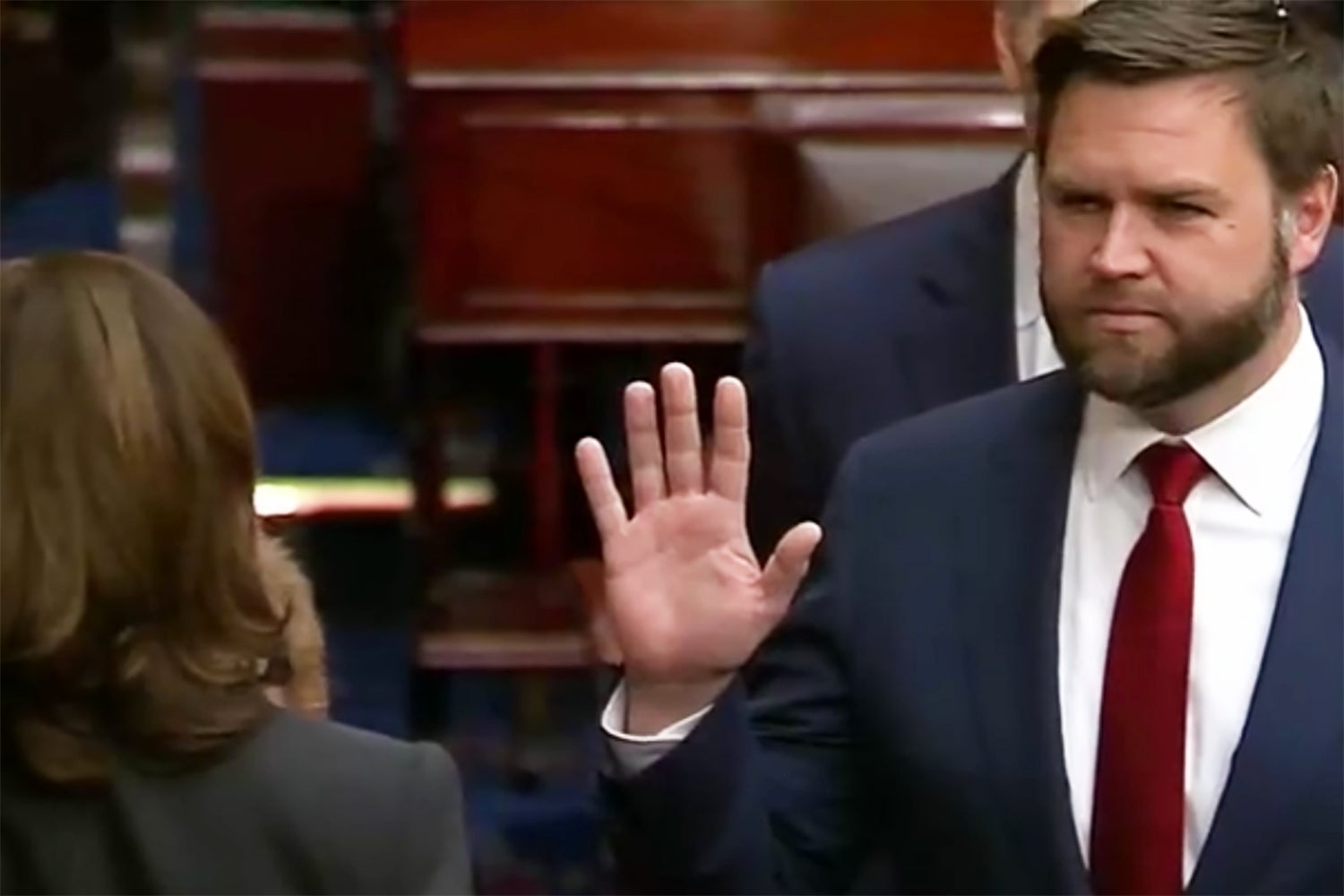Equity closer for schools
Published 10:48 am Wednesday, November 12, 2008
After years of the Ohio Legislature failing to address the state’s unfair system of school funding, it appears that for the first time since the DeRolph ruling that a legitimate solution could be on the horizon.
The Ohio Supreme Court ruled three times that the state relies too heavily on property taxes to fund public schools. That creates a disadvantage for school districts in poorer areas because lower property values mean fewer dollars.
But the victory was a hollow one because what followed in the past 10 years were Band-Aid solutions. The Ohio School Facilities Commission, which helped build new schools across the state, and some additional financial aid for poorer districts were helpful, but not bona fide solutions to the root of the problem.
Legislators eventually threw their hands up and determined there simply wasn’t enough money to do what the state’s highest court ordered it to do. Some legislators made admirable efforts to address the needs of poorer districts, but it has simply not been enough.
Gov. Ted Strickland promised an overhaul to the way the state funds education and his plan is expected in the coming months. The question is whether it will be part of the upcoming budget proposal or if it will be through a legislative proposal or a ballot proposal.
Even Bill Phillis, who spearheaded the effort for equal school funding as the executive director of the Ohio Coalition for Equity and Adequacy of School Funding, told the Associated Press that the state will not have sufficient funds to overhaul the system in the upcoming budget.
The governor is in a difficult position because he has promised not to raise taxes, is hindered by a rapidly declining economy and must compromise with the Republican-led Senate that likely will not pass anything that includes a tax increase or the elimination of open enrollment.
The governor is trying to correct a flawed system with one arm tied around his back. Whether he has a workable solution is uncertain, but what is for certain is a good many school districts hope the state government can provide what should have been provided all along.





